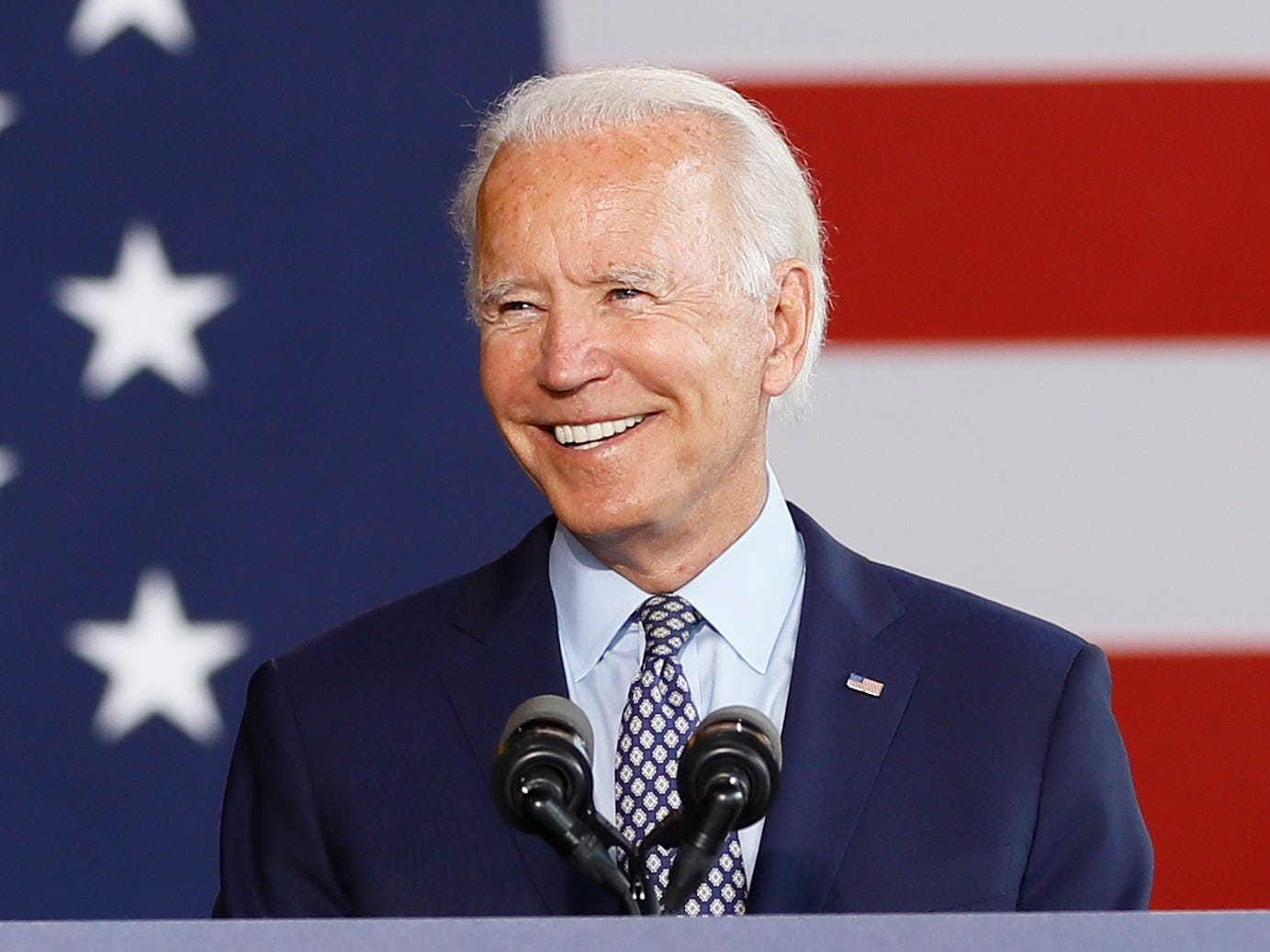Sign up here to receive our newsletter Gender at Work in your inbox twice a month.
In July, Joe Biden, the presumptive Democratic presidential nominee, announced a plan to invest $775 billion in caregiving programs over the course of 10 years.
Biden’s campaign figures that this investment will boost national employment numbers by about five million. That includes three million new jobs in caregiving and education, as well as unpaid caregivers – mostly women – who are entering or reentering the labor force.
Let’s focus for a moment on that second group: unpaid caregivers who would otherwise be members of the US workforce.
As of May 2020, there were 53 million caregivers in the US, according to a survey conducted by AARP and the National Alliance for Caregiving. (Caregivers are defined as people who have provided care to an adult or a child with special needs in the past 12 months.) In 2015, there were 43.5 million.
The same survey found that 61% of caregivers say caring for loved ones has affected their employment situation, with 10% saying they've had to stop working.
Previous research from the National Partnership for Women and Families found that the majority of caregivers are women. Many of these women, according to that research, are members of the "sandwich generation," meaning they're simultaneously caring for aging parents and young children.
Welcome to Gender at Work.
This is a twice-monthly newsletter that takes an expansive look at how your gender identity informs your career. Last week we covered pay equity and how to narrow the gender wage gap. This week we're talking about the value of unpaid labor, and what that means for the people who do it.
The economics of caregiving affect all Americans
The fact that Biden - who was a single father after his daughter and first wife died in a car accident in 1972, leaving him with two sons - is putting unpaid caregiving in the national spotlight is meaningful. It's especially meaningful during a national pandemic, when women around the world have been shouldering extra burdens at home.
The Trump campaign responded by calling the $775 billion investment part of an "unaffordable left-wing agenda" that involves raising taxes on the middle class. Trump has supported a bill that would let new parents collect some of their future child tax credits early (and receive less later on to compensate).
As Jonathan Cohn at HuffPost writes, the most significant piece of Biden's plan may be the fact that a male politician is paying attention to childcare and caregiving more generally.
More women than men may be caregivers. But caregiving is no longer a women's issue, or a fluffy one. It's an economic theme that informs day-to-day life across the globe.
An estimated 54% of workers who lose their jobs during the pandemic will be women
Some highlights from the Biden plan:
- making it easier to find high-quality, affordable childcare and universal preschool
- increasing pay for caregivers and educators
- expanding access to long-term services for older Americans and people with disabilities.
It's worth noting that $775 billion might not be enough. The cost of training childcare workers so they're better equipped to educate kids could be particularly high.
But the overall changes outlined in Biden's plan would be especially relevant to women. A July 2020 report from the McKinsey Global Institute indicates that women do 75% of the world's total unpaid-care work on average. Think taking care of kids and older family members, cooking, and cleaning. The report puts the value of unpaid-care work at $10 trillion.
The MGI report also predicts that, around the world, 54% of pandemic-related job losses will fall on women, who make up 39% of the global workforce.
One reason for this imbalance is that women have taken on extra unpaid care work since the onset of the pandemic. Many schools and childcare centers have been closed, and families have been spending more time at home during lockdowns.
Gender inequity exists even in communities that don't typically subscribe to traditional gender norms. Kristin Kim Bart, senior director, gender equality at the International Rescue Committee, told me, "Even in really progressive, developed contexts like here in the US, women really hold that caretaking responsibility for elders or other family members." Now, during the pandemic, Bart said, women are "trying to juggle that with working."
The private sector can support employees who are caregivers
In the wake of the pandemic and the shift to remote work, some companies are supporting working parents by providing educational programs for kids. Others offer on-site childcare. Massachusetts-based software company HubSpot hired two teachers to run virtual educational events for employees' children, and Cisco is considering creating childcare centers where students in first through seventh grade can do distance learning under the guidance of teachers while schools are closed.
PriceWaterhouseCoopers and TIAA, meanwhile, have expanded benefits for caregivers of children and older individuals, our colleague Weng Cheong reported. PwC added a $2,200 emergency childcare-support fund for employees, $1,000 of which can be applied toward elder-care reimbursement.
Flexible working schedules can also help level the professional playing field for working mothers. Dentaly, an online healthcare portal, is one of the companies offering a flexible work schedule and regularly checking in with parents to ensure that they can manage their workloads.
We invite you to share personal stories about the way unpaid caregiving has affected your career and your family. In the meantime, please share this newsletter with friends and colleagues. If this email was forwarded to you, sign up here.
We're also interested to know: Are there specific leaders or themes we should spotlight in this newsletter? Send suggestions to [email protected]. We're excited to read them.
